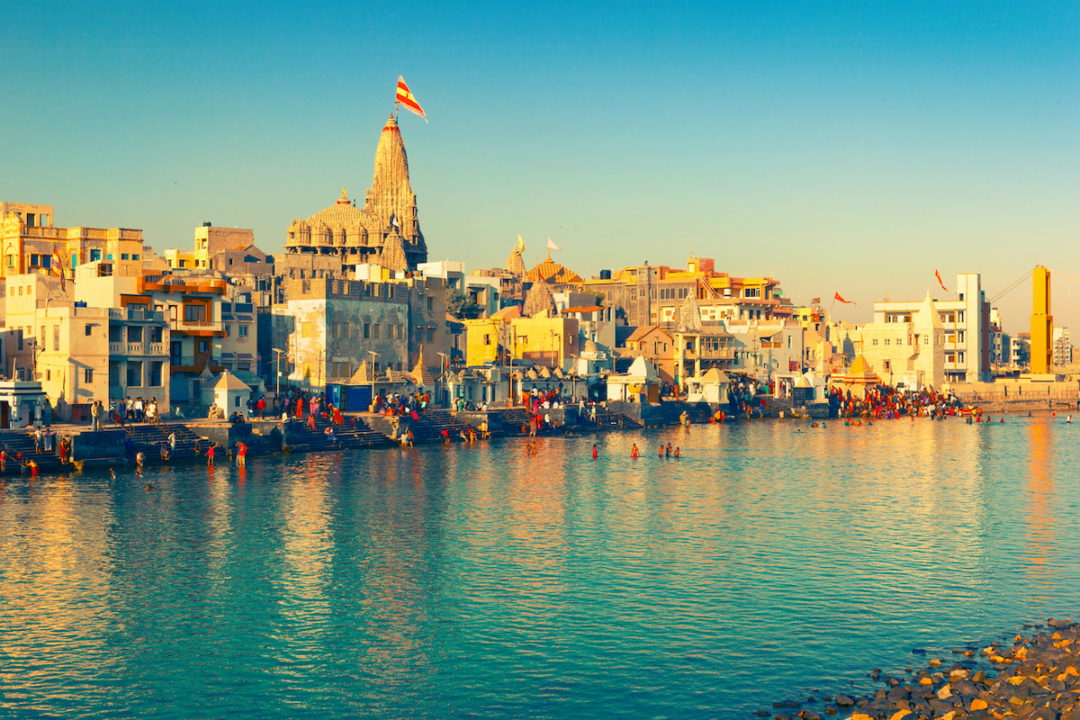
Visit Our Sponsors |
|
|
|
|
|
|
|
|
|
|
|
|
|
|
|
|
|
|
|
|
|
|
|
|
|
|
|
|
|
|
|
|
|
|
|
|
|
|

Gujarat, India. Photo: iStock.com/0shi
Major ports in the western Indian state of Gujarat, including Adani Group’s flagship Mundra operation, remained shut as winds are still strong after cyclone Biparjoy made landfall.
The powerful storm brought heavy rains in several areas of India and Pakistan and saw winds gusting to as high as 140 kilometers (87 miles) an hour. Both nations have evacuated about 150,000 people, restricted air and rail transport and shut port operations in the affected areas.
Read more: Micron Nears $1bn Investment in India Chip Packaging Plant
Pipavav port, operated by APM Terminals, resumed landside operations, the company said in a statement late June 16, though marine and quay-side operations remained suspended.
“We are hoping that the wind speed should start coming down by evening or June 17 morning, and the ports should start calling back the vessels,” Ashwin Solanki, chief nautical officer at Gujarat Maritime Board, said by phone. Sikka may be the first one to resume operations due to its importance as an oil port serving mostly Reliance Industries Ltd.’s refinery, he said.
CS BIPARJOY at 1130IST of today and lay near lat 23.6N and long 69.8E, about 40km N of Bhuj and 250 km WSW of Deesa.Likely to weaken further into a deep depression over Saurashtra & Kutch around night of today. pic.twitter.com/SnBWqnfF1X
— India Meteorological Department (@Indiametdept) June 16, 2023
The cyclone has weakened, and its intensity will decline further by June 16 evening, with wind speeds falling to 40 kilometers to 50 kilometers per hour, the India Meteorological Department said in a statement.
India and Pakistan have sought to mitigate the damage from Biparjoy — a name that means disaster. Besides evacuating people, they sent specialized army personnel to provide medical assistance and help in the recovery and deployed disaster management teams to carry out relief and rescue operations.
Read more: IPEF Talks Lead to Proposed 14-Country Supply Chain Agreement
Pakistan is expected to come out of the storm’s impact completely by June 17 morning, the country’s Power Minister Khurram Dastgir Khan said at a press conference.
The cyclone followed devastating rains in Pakistan in 2022 that flooded about a third of the nation, killing 1,700 people, displacing millions and causing about $30 billion in losses and damages. The latest natural calamity is another example of extreme weather events in South Asia, with scientists blaming climate change for a rise in the frequency of cyclones, heat waves, floods and droughts in the region.
RELATED CONTENT
RELATED VIDEOS
Timely, incisive articles delivered directly to your inbox.

